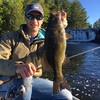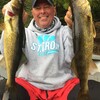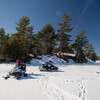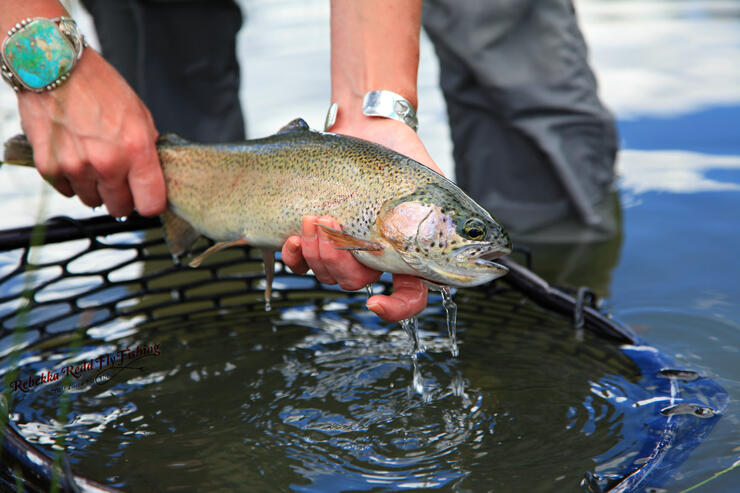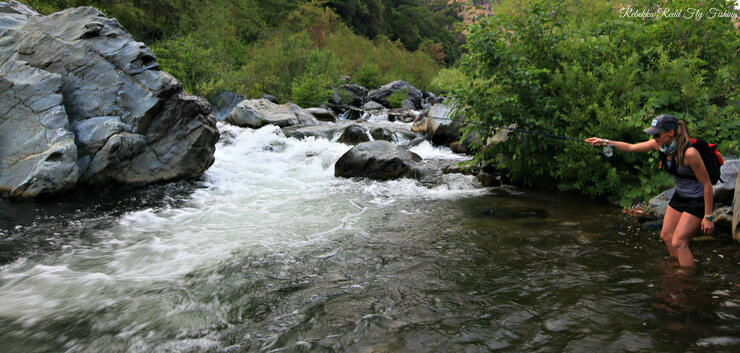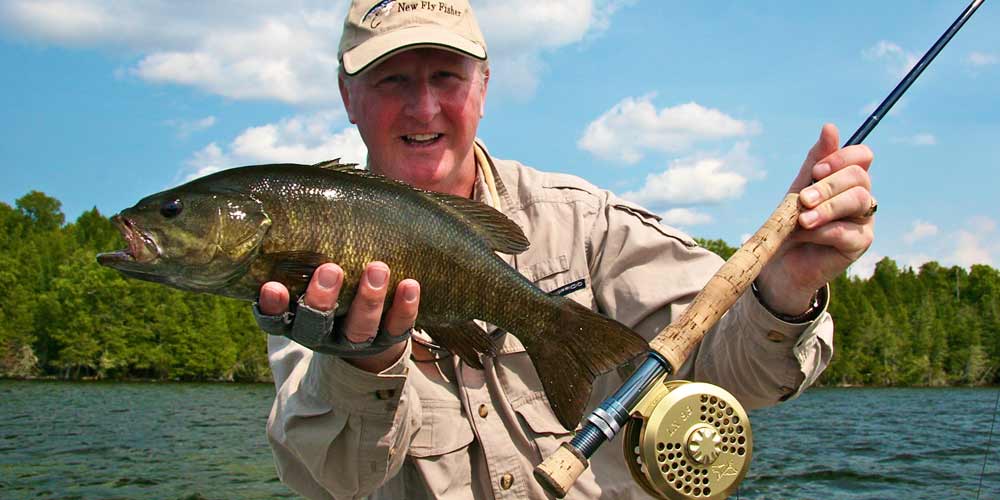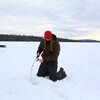
Advanced Fly Fishing Techniques
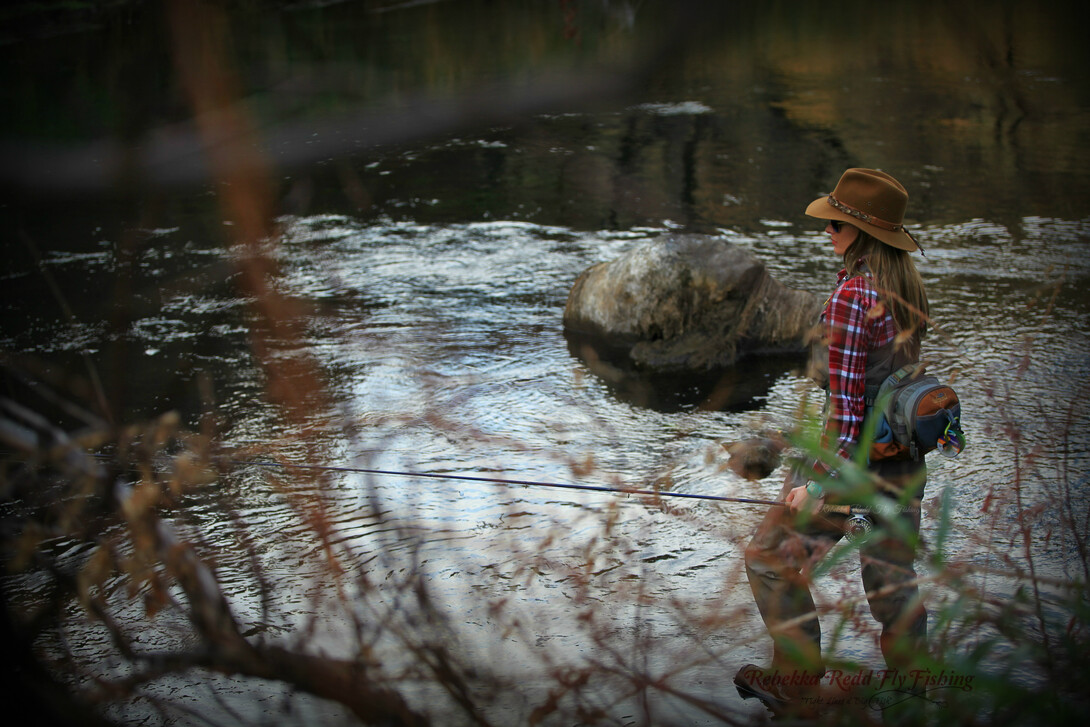
The sound of the breeze passing through the willows, the splash of a trout rising to a dry fly, the anticipation of what is waiting around the next bend. All of these things await the angler willing to seek out and explore small streams and their beautiful, wild trout. You won’t see them in fishing reports, websites or magazine articles, but the truth is that small streams offer some of the most pleasurable fly fishing experiences a person can have.
Small stream angling is a great way to leave the crowds behind, go deep into gorgeous natural settings and hone your fishing skills on aggressive, willing trout, many of which may have never seen a fly! Learn to fly fish small streams and unlock a world of angling with endless opportunities to explore.
Approaching Small Streams
The shallow water environment of small streams can make the trout very spooky and wary. To maximize your success, wear drab-coloured clothing and move slowly. It helps to stay out of the water as much as possible, using natural cover such as boulders, bushes, tall grasses, and trees to obscure your approach. Learning to cast from a kneeling or crouching position will be a huge help!
Reading Small Streams
Just like in larger rivers, trout in small streams need food, oxygen, and cover to survive. Because small streams are often shallow and narrow, the trout can be limited in their choices of prime areas to hold and feed. Learning to find and target a few key areas will help you catch more small stream trout.
Depth
In most small streams, depth is a limiting factor. Find the deeper holes and pockets and you will find the fish. To be clear, this doesn’t mean you have to find a hole 10 feet deep. In a stream where the average depth is 6 inches, a pocket 10 inches deep will hold a fish or two! Good places to look for a deep pocket are corners and bends, plunge pools, scour holes around rocks and boulders, and undercut banks.
Current
In many small streams, trout will sit on the bottom or behind cover and watch the current for insects to be delivered to them. Targeting these “feeding lanes” is a surefire strategy that will bring more strikes. The key to locating the feeding lane in any stream is to watch where the water is funnelled as it flows downstream. Good tipoffs are bubble trails of debris floating in a line on the surface. In streams with low current flow, the thalweg, or main current stream, will often be the spot fish are keying on to find their food.
Cover
Thick bushes and trees along the bank are a common feature of many small streams. They do a great job of snagging our leaders and stealing our flies, but they also offer the trout great cover and a reliable food source. Overhanging trees give fish a place to hide from predators or get into the shade on a hot day. They also offer a steady source of food from ants, beetles and other insects that fall from the limbs to the waiting trout.
Specialized Casts
To avoid the aforementioned frustrations of snags and lost flies, and get the fly to the fish in the tight quarters of most small streams, an angler must adapt with a variety of unconventional casting techniques. Casts like the “bow and arrow,” “sidearm,” and “tower cast” are tailor-made for presenting the fly in tough situations.
The Bow and Arrow Cast
This cast works just like it sounds. It excels when you need to shoot the fly into a tight spot with very little room around you for a back cast. To execute this cast, pull in your line until you reach the leader junction. With your free hand, hold the fly by the hook and pull back, flexing the rod just like drawing back a bow and arrow. Look down the length of the rod to aim and let go when you are on target. With a little bit of practice, you will be able to fire your fly into a very tiny pocket. The bow and arrow is a very easy, fun cast and will help you get your fly into spots you never would’ve thought to put it!
The Sidearm Cast
The sidearm cast is awesome for getting your fly to the fish in enclosed spaces when you still have some casting room behind you. Like throwing a baseball sidearm, it involves taking the same principles of the standard overhead fly cast and moving your stroke sideways rather than over your shoulder to lower the trajectory of the cast. This cast is great for getting your fly deep underneath overhanging brush and other streamside obstacles.

To perform a sidearm cast, start by holding your rod sideways and accelerating backwards along a horizontal plane rather than the upward motion of an overhead cast. Stop your acceleration as the rod sweeps behind you, and allow the line to fully extend. The line should only be a couple of feet off the water. Accelerate forward with a sideways sweep of the rod, keeping the same tempo and timing as if you were executing an overhead cast. Stop the rod tip and allow the line to unroll forward. Because you are sweeping the rod sideways rather than over your shoulder, the line should unroll very close to the water, allowing you to cast underneath obstacles in the stream.
The Tower Cast
In some streams, low obstacles such as shrubs, tall grass, and even boulders can present an obstacle in your backcast. When fishing in these areas, it is important to have a high backcast that will unroll over the obstacles behind you so that you aren’t constantly fighting snags. The tower cast was created specifically for beating these tough situations.
To make a towering cast, start with a low rod tip. The key to this cast is briskly raising the rod tip and stopping before the rod reaches behind your shoulder. As you do this, raise your arm and extend it upward, pointing the rod tip at the sky so that the line unrolls into the air at a very steep angle, rather than parallel to the water like a normal cast. This will keep your back cast out of the bushes, grasses, and rocks behind you. When you come forward, use less power than you normally would on a forward cast, to prevent the leader and fly from slamming into the water. Stop the rod tip high and as the line unrolls, pull back just a bit to soften the fly’s entry into the target zone. When performed correctly, this cast should unroll at a very steep up-and-down angle instead of a flat, horizontal angle like a normal cast.
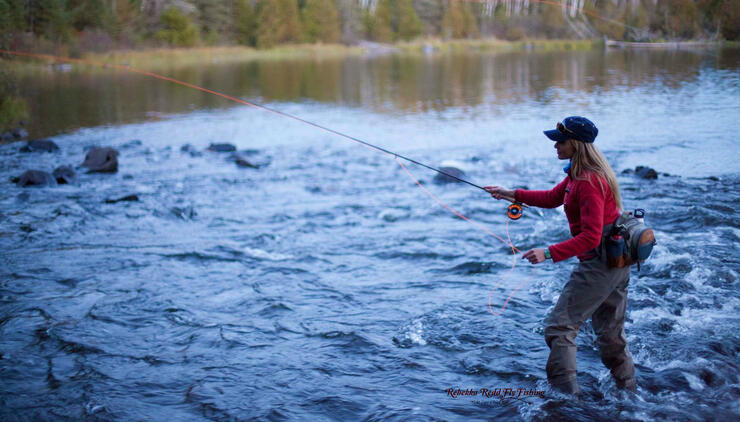
Tools of the trade
In most cases, specialized gear is not needed, but there are a few essentials that will make your explorations more enjoyable:
- Short, ultralight fly rod (1-3wt) with matching line and reel
- Short leaders 7.5ft 3x-6x
- Topographic maps of the area. (USGS, Forest Service, etc.)
- Drab-coloured clothing
- Water!!
- Polarized sunglasses
Flies for small stream fishing
Many types of flies will work in small streams, but often the preferred method is to fish with a single dry fly. Attractor dry flies or generic imitations of mayflies and caddis are often all one needs to have a fun day. In some places, particularly high altitude streams or grassy meadows, terrestrials such as ants, beetles or grasshoppers can be good additions to the fly box. Rather than worrying about carrying a large variety of patterns, a handful of tried and true flies in a few sizes will usually do the trick. A few stream favourites are Humpy, Royal Wulff, Kauffman’s Stimulator, Elk Hair Caddis, Parachute Adams, Carpenter Ant, Foam Beetle, Dave’s Hopper. These flies in sizes 12-16 (size 8-10 for the grasshoppers) will get you through almost any stream fishing trip.
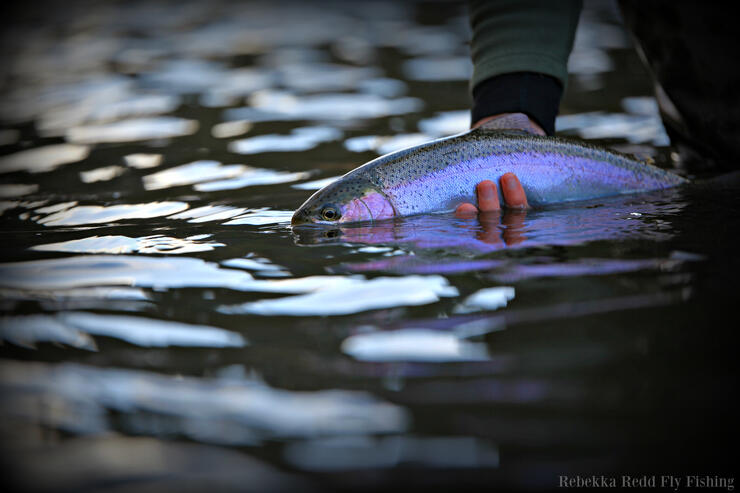
One of the greatest aspects of fly fishing in small streams is the sense of adventure and exploration it invokes. For anglers who enjoy the sport for the solitude and connection to nature, there is no better place to find it. Go get yourself a map, find a blue line, and hit the water!
Recommended Articles

Top 10 Ice Fishing Lakes
Don’t Be Afraid Of Muskies

Predicting Lake Thickness

10 Facts About Lake of the Woods
Top 5 Musky Destinations in Ontario
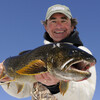
5 Deadliest Fishing Lures
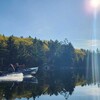
Ten Mile Lake Lodge
Fishing and Foraging
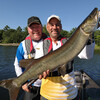
20 Years With Fish TV!
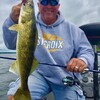
3 Great Ontario Walleye Destinations
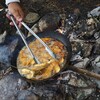
Perfect Shore Lunch
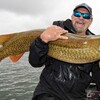
St. Francis Titans
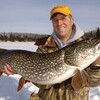
Eating Northern Pike
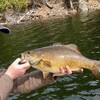
Top 5 Flies for Smallmouth Bass
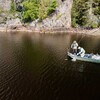
Ultimate Drive-to Smallmouth Bass Fishing
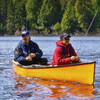
5 Canoe & Kayak Fishing Destinations
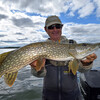
Don't Forget The Umbrella
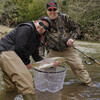
Steelhead of the Upper Ganaraska
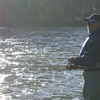
5 Places to Shore Fish

